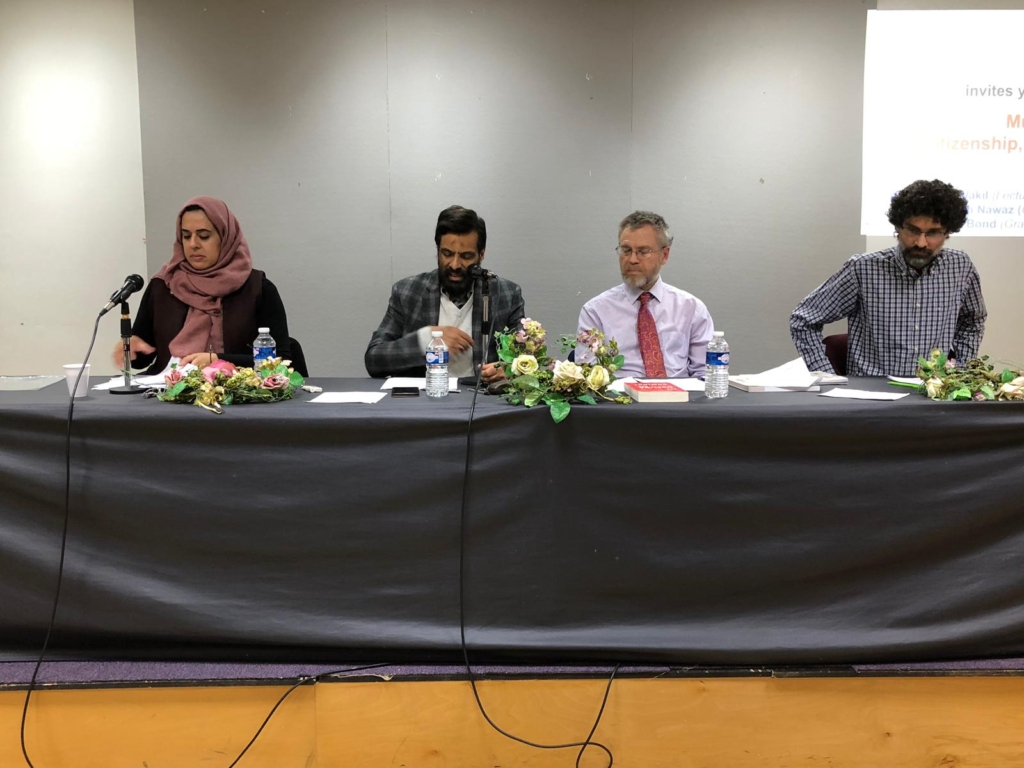However, clinical studies have revealed alarmingly high rates of between 28pc and 85pc, she said.
Prof Bishry was in Bahrain last week at the invitation of the International Hospital of Bahrain to address doctors and other experts who deal with such cases.
"In the last four decades, there has been increasing research into the prevalence, correlates and consequences of childhood abuse," she told the GDN.
"Exposure to abusive behaviours during childhood is a common event all over the world, but in the Arab world the incidence is notoriously high."
She said in Bahrain, too, the problem is acute and that, like the rest of the region, several hundreds of cases are never reported.
Prof Bishry said that no one wants to report such cases for fear of ‘social stigma’, especially in the Arab world and in Asia.
The risk of abuse tends to be higher among children from backgrounds characterised by marital dysfunction and impaired parenting, she said.
"Those reporting child abuse have increased risks and vulnerability to psychiatric disorders and there has been growing evidence to suggest that they risk a range of outcomes such as depression, anxiety, phobia and substance abuse," said Prof Bishry.
She said child abuse was a medico-social problem. "It ranges from deprivation of food, clothing, shelter and love, to physical, sexual and emotional abuse.
"The problem is increasing nowadays in our Arab community, which may be due to the better reporting system."
She said abuse occurs in all ages, all ethnic groups and at all socio-economic levels.
"The highest rate (clinical) is of 32pc below the age of five while the lowest rate of 14pc is among children between 15 and 18 years," said Prof Bishry.
Overcrowding, poverty, unemployment, housing problems, lack of finances and support system, and parental substance abuse all contribute to abuse, she said.
"The perpetrator is more often the mother than the father and more than 80pc victims live with married parents," said Prof Bishry
She said the average age of the mother who abused her children is reported to be around 26, while the average age of the father is 30.
Prof Bishry said signs of abuse include unexplained bruises, burns fractures, lacerations, low body weight, and poor growth and hygiene.
"Difficulty walking or sitting, pain, swelling or itching or lacerations in private parts, pain on urination, bruises, bleeding, vaginal discharge, venereal disease or pregnancy are signs of sexual abuse," said Prof Bishry.
She said abusive speech, delayed development and failure to thrive were signs of emotional abuse.
She said experts faced serious problem in the Arab world to combat abuse. "When we see a child suffering from suspected abuse, we are faced with a problem of parents and attendants who lie," said Prof Bishry.
"They claim the child fell, or accidentally hurt himself. We know they are lying but we need the parents to say that."


